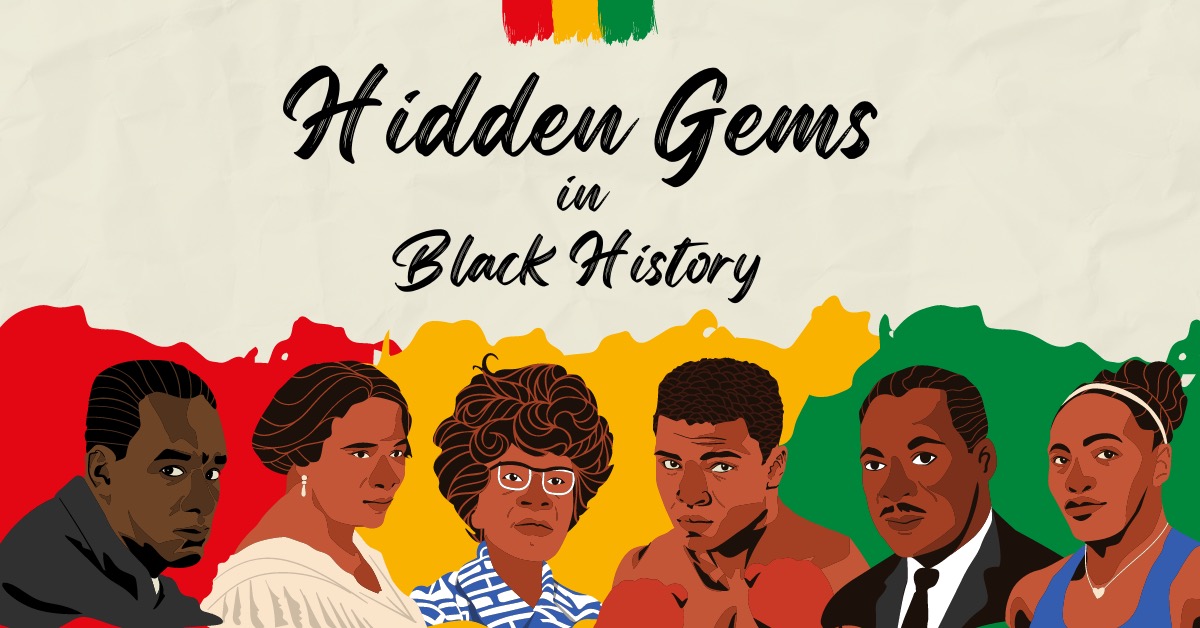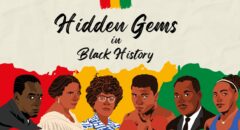
Fun fact: Belle da Costa Greene, a Black lady, led and filled this library with books after hiding her race (racial passing) to enter New York’s elite society and support her family when her father (the first Black Harvard graduate) left.
One of the highest-paid female librarians at the time, JP Morgan trusted her to find rare volumes and urged him to gift the library to the public.
Turn of The 20th Century
In the early 1900s, banker J.P. Morgan collected manuscripts, books, and artwork relating to the written word. He did it to appreciate his collection secretly. But Belle da Costa Greene, Morgan’s personal librarian, pushed J.P. Morgan’s son, Jack Morgan, to donate the library to New York City soon after his death.
Today, hundreds of academics, researchers, tourists, and art enthusiasts visit the Morgan to explore its collection. This is unknown to most: One Black lady acquired and curated the library’s materials for over 40 years. Belle da Costa Greene quietly passed as white to work for a prominent U.S. man.
Code Switching/” Passing” & The Idea Of You Being Freer Or Less Free?
There are perks to passing, right? Belle becomes J.P. Morgan’s personal librarian and wields immense influence. There was much sacrifice and triumph. Belle’s father was Richard Theodore Greener. As dean of Howard University Law School, he was one of the first and only Black teachers at the University of South Carolina during its short integration.
He supported the Civil Rights Act 1875, which may have led to equality if the Supreme Court hadn’t reversed it in the 1880s. She’s soaked up all that instruction and her mother’s rich ancestry. Her mother came from a generations-old aristocratic free community of color in Washington, D.C.
Belle sacrificed everything to appear white. She couldn’t accept her father’s teachings or see her mother’s relatives. Passing required numerous sacrifices. Most importantly, Belle had to give up having a family. She couldn’t marry or have children to be J.P. Morgan’s white personal librarian. To have a kid would risk her child not being as white as she was. Not only was her personal identity tied to this white identity.
Her status as a white person determined her family’s financial dependence and white identity. Belle had so much duty and sacrifice that it was hard to argue being white was a “freedom” at the time.
Did Morgan Ultimately Know She Wasn’t White?
If Belle were Black, she wouldn’t have been as confident, loud, or well-educated, according to how she presented herself and how white people of his class would have seen her. She defied their ideas of what a Black person might and should be and their restrictions.
Belle was considered white because of white prejudice. White and Black perspectives have just lately converged. In the 1960s and 1970s, some didn’t believe light-skinned Black folks were Black. Black people have been exposed to Black colors our whole lives; therefore, it’s not strange. J.P. Morgan wasn’t accustomed to it. Black or white. Rumors circulated, but Morgan didn’t have any idea.
She was hiding in plain sight. That includes the sad but likely widespread belief that she would not have talked or dressed so wildly if she were Black.
When Belle Began To Pass As White
It is fascinating that Belle was 16 when this choice was made. That age is intriguing, considering she was Black for 16 years! That’s lengthy. Those were formative years. At that point, you become yourself. She was Black and then became white.
In The End, Belle Purposely Destroyed Her Correspondence
This aimed to preserve the Morgan Library’s heritage. It was what made all this sacrifice worthwhile. How would the public have reacted if they learned a Black woman ran the Morgan Library for over four decades? Her death occurred in 1950, during segregation and blatant bigotry. She would have worried about what would happen to her legacy if people found out.
This is a part of our new series – “Hidden Gems in Black History,” where we highlight uncommon facts throughout Black history. Join us every day during Black History Month for interesting facts about Black people and places you likely haven’t heard before!



